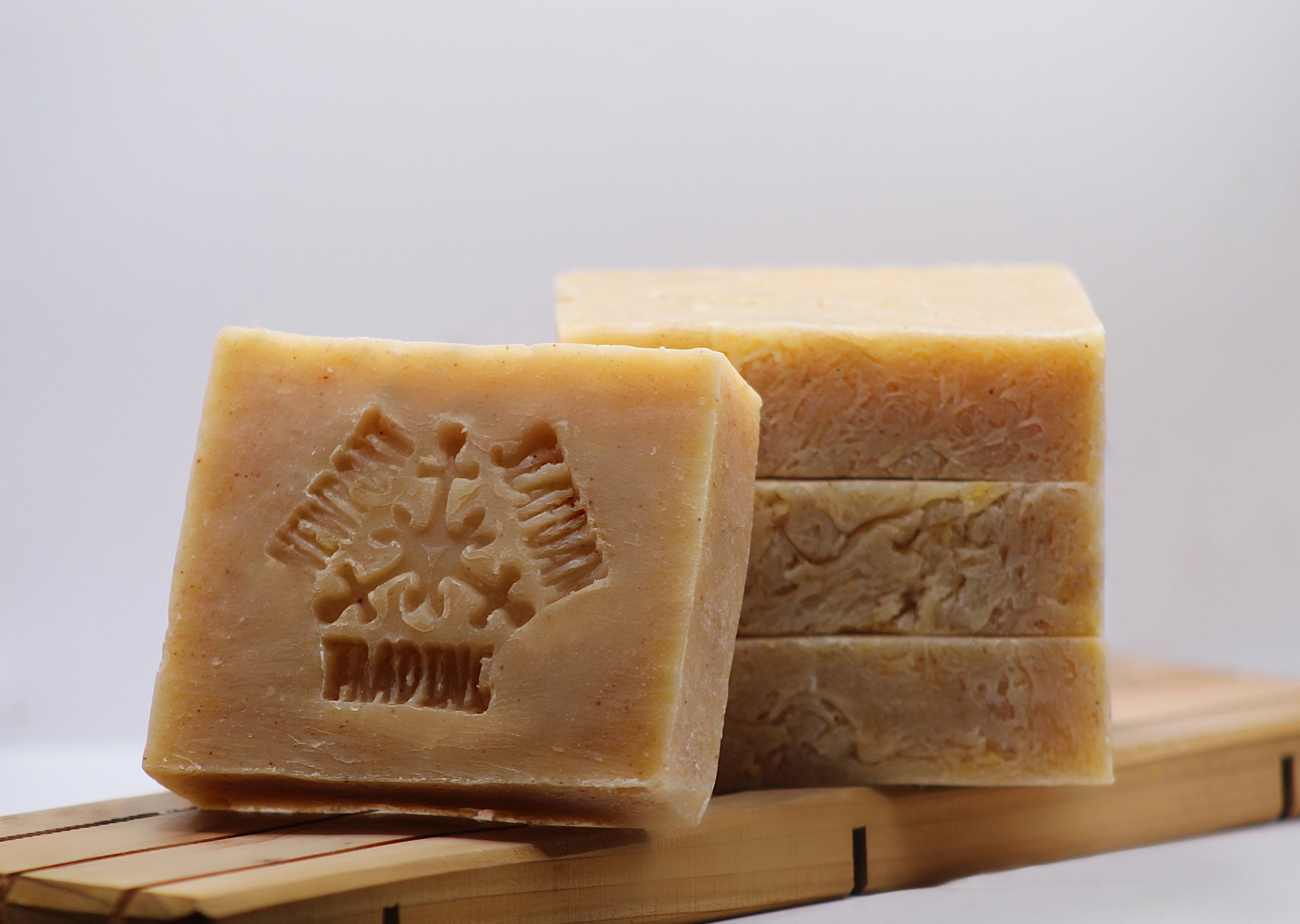Soap has been around for a long time. Ancient Babylon used soap daily from textile manufacturing to medicine. Ironically soap was not made for personal use but more as a household tool. The word soap comes from the Celts. They called their mixture “saipo” which was a recipe of plant ash and animal fat. Early soap making recipes included ingredients such as wood ashes, goat tallow, salts and believe or not urine! Thankfully we’ve come a long way from ancient Babylon!
Soap makers of the 19th century relied on a hot soap making process with lye as a main ingredient. Lye based soaps were most often used for clothes washing, manufacturing and cleaning.
Today, many soaps are now used for personal hygiene and take a gentler cold process approach. Ingredient lists are milder too using coconut oil, glycerin and other non-irritants. Lye is still a key ingredient in many soaps but the addition of natural butters and oils are added to soften and nourish your skin. Now soap making is an art and a handmade soap bar a work of art.
Many soap enthusiast have taken it upon themselves to make their own designer soaps with essential oils and organic ingredients. But even the easiest homemade soap recipe can be tricky to mix. It takes the right balance of creativity and know-how to make the ultimate soap bar.
That’s why The Newport Sea Foam Trading Company is offering a beginners soap making class for organic, vegan and cold pressed soaps. The class is full of helpful advice on how to make soap at home, plus a hands-on soap making lesson that will have you mixing like the pros! For more detailed information or to sign up for the class visit:


